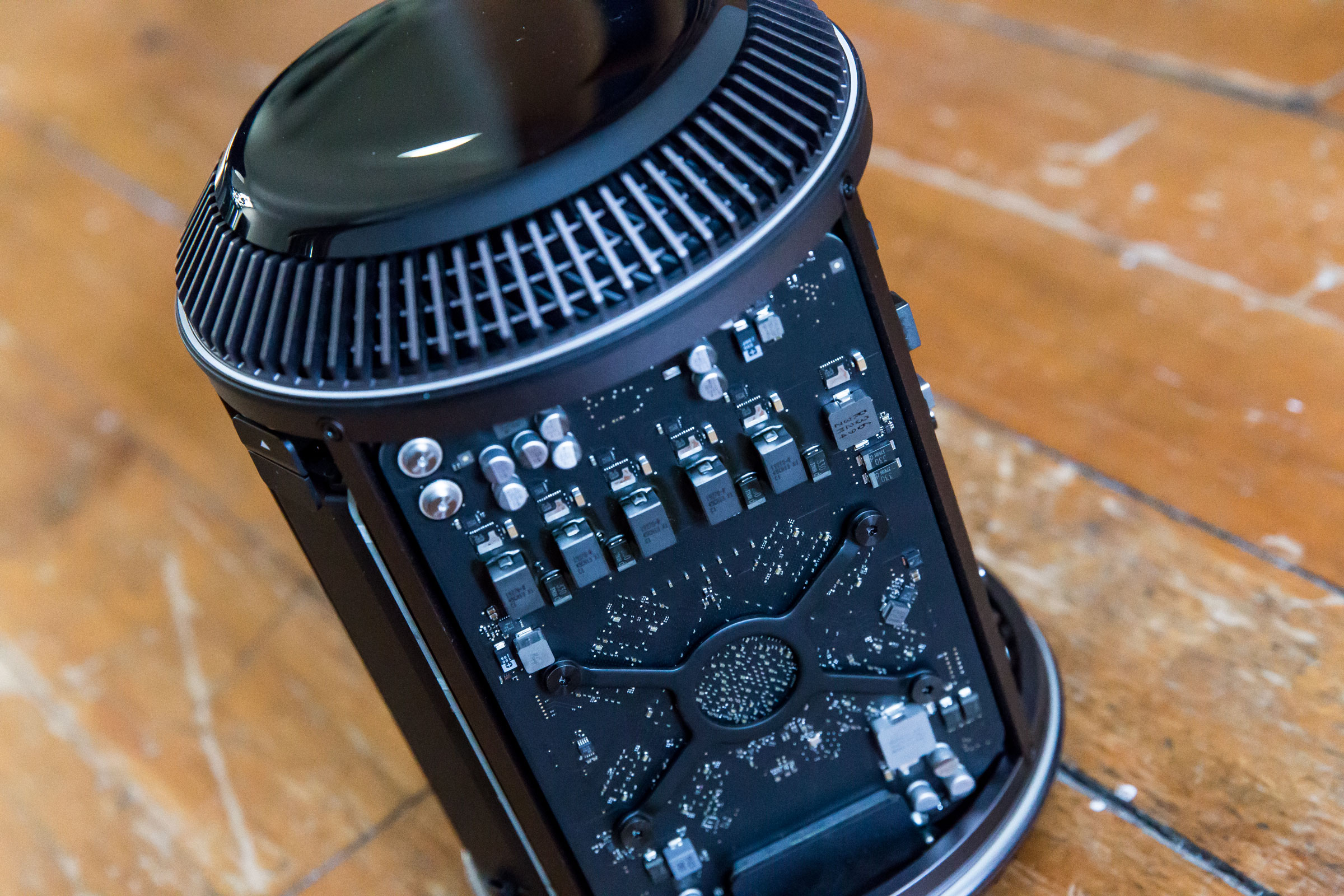
:max_bytes(150000):strip_icc()/_hero_horiz_MacBook-Air-M1-2020-Computer-1-030783bfc1ec44f6be220018b3b89239.jpg)

That's certainly not a blocker since macOS 12 Monterey brings support for the Rosetta 2 compatibility layer, which we found last year to run x86 apps in a fast and transparent manner on the 2020 Mac mini. Second, many of the tests we can run on macOS are built for x86 processors. We did this with the 2020 Mac mini, and it only makes sense to do the same thing here. However, with one of the primary reasons to buy a Mac being the software, we'll be looking at a few Mac-specific tests a little later, as well. We're going to make do with the best we have, which is largely cross-platform applications. That includes the heavier 3DMark tests and many Windows-only games. First off, a good number of our performance benchmarks are Windows-only utilities, so they won't appear here. Before we go any further, we should note a couple of things.


 0 kommentar(er)
0 kommentar(er)
